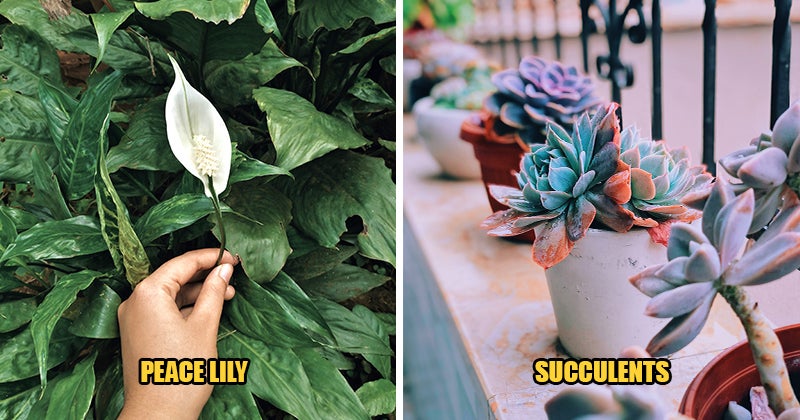Including indoor plants in the interior design is one of the effective ways to beautify our homes. Besides being super aesthetic, indoor plants also bring about various benefits, such as purifying the air, improving our concentration, and regulating our stress! ?
If you’re new to planting, don’t worry! Indoor plants are of very low maintenance, and they do not require a huge balcony or outdoor garden to grow. Besides, most of them can also thrive in minimal sunlight, which is perfect for condo units that receive little sunlight throughout the day.
Let’s find out what indoor plants you can include in your home, especially if you’re living in a small apartment or condo!
1. Jade plant
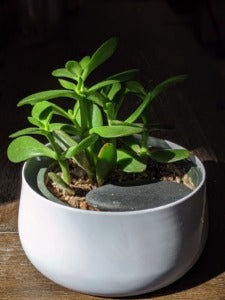
The Jade plant makes an appealing indoor plant, thanks to its thick, woody stems and oval leaves. The plant symbolizes luck, which explains why many love growing them in their homes and offices!?
How to care:
- Water: Only when topsoil is completely dry.
- Sunlight: Indirect, for at least six hours a day.
- Additional info: Be careful not to water them too frequently as their roots are susceptible to rot.

2. Succulents
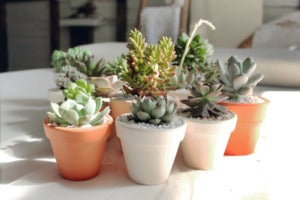
Having fleshy leaves, swollen stems, and pads, succulents are absolutely pleasing to the eye! ? They’re able to survive with little water, and hence are tolerant to drought.
How to care:
- Water: Only when the soil is completely dry. Let the water drain from the drainage holes.
- Sunlight: Indirect, at least six hours a day.
- Additional info: Rotate the succulents often so that all parts of the plant receive adequate sunlight.
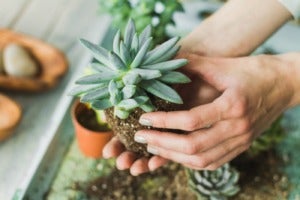
3. Silver Sprinkles
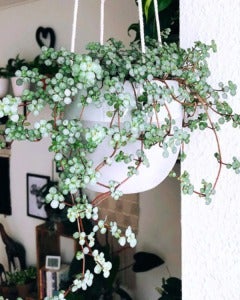
Silver Sprinkles, otherwise known as the Pilea Glauca Care, have silver “fairy dust” evenly sprinkled on their cascade of tiny leaves. ? They grow on long stems that trail down from a hanging pot.
How to care:
- Water: Once the top half-inch of soil is dry.
- Sunlight: Indirect, with two hours of direct sunlight every morning or late afternoon.
- Additional info: Fertilize monthly using an all-purpose fertilizer.
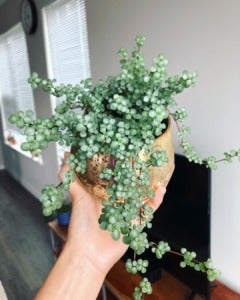
4. Kalanchoe
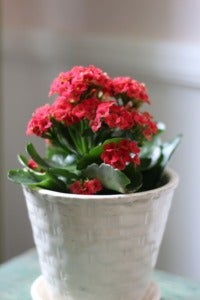
Looking for a flowering indoor plant? We’ve got you covered! ? Check out the absolutely stunning Kalanchoe, which has umbels of flower clusters and scallop-shaped leaves. The flowers come in a variety of colours too, including yellow, red, orange, pink, and white.
How to care:
- Water: Once every few weeks, when the soil is completely dry.
- Sunlight: Bright and indirect
- Additional info: Kalanchoe thrives on well-drained, sandy soil. Consider planting it in a clay pot, which wicks excess moisture from the soil.
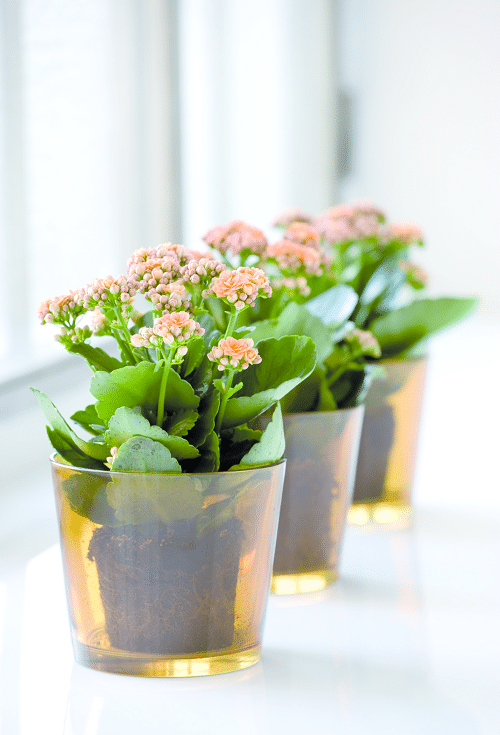
5. Peace Lily
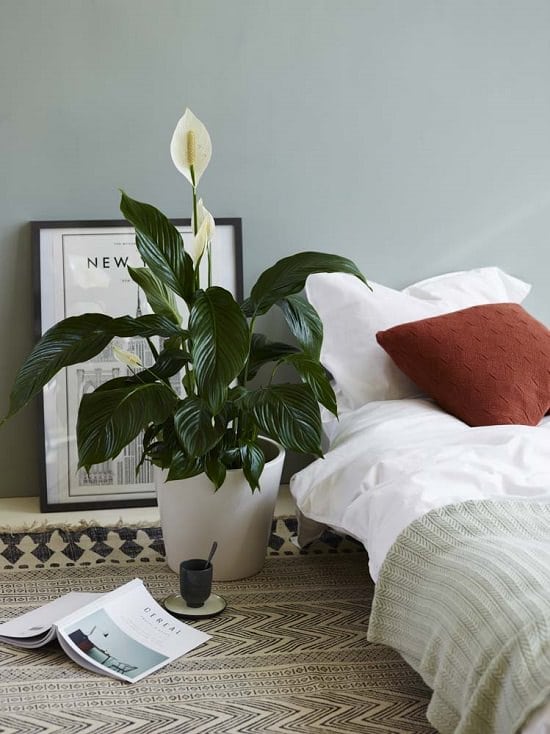
Other than their easy care, Peace Lilies are also known for their air-purifying abilities, which break down toxic gasses such as formaldehyde and carbon monoxide. How great is that?! ?
How to care:
- Water: Once a week with a lot of water at one watering.
- Sunlight: Shade or partial shade, low-light environment.
- Additional info: If your water has high levels of chlorine, let the water sit overnight before watering your Peace Lilies.
The plants will droop when you underwater them, so you can easily gauge the amount of water they need.
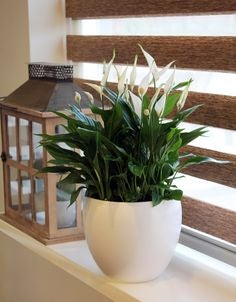
6. Air plants
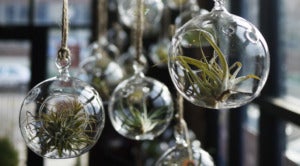
If you think it’s a huge hassle to grow indoor plants in soil, you should definitely consider air plants! ? Air plants are epiphytes, they grow on other plants and do not need soil to survive.
How to care:
- Water: Once a week, submerge them in a container for half an hour and turn them upside down on a towel to let them drain.
- Sunlight: Indirect
- Additional info: Grow air plants in places that allow for clinging, such as:
- Glass terrariums
- Natural containers
- Driftwood, Mopani wood and Grapevine wood
- Cork bark
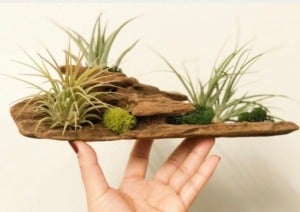
7. Desert cacti
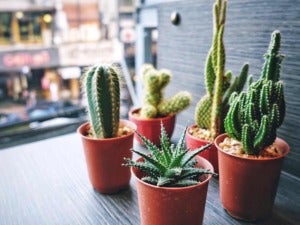
If your unit receives plenty of direct sunlight throughout the day, consider desert cacti! Although their natural habitat is the desert, cacti can thrive in home environments too. They absorb and retain water for a long period of time, so they’re super easy to care for. ?
How to care:
- Water: Once a week using tepid rainwater. Allow the water to drain from the soil.
- Sunlight: Direct, throughout the day.
- Additional info: Do not use tap water. The minerals in tap water can disrupt the flow of nutrients in the plants.
If you have pets at home, make sure to choose pet-friendly and non-toxic cacti, such as Bunny Ears Cactus, Star Cactus, and Melon Cactus!

Did any of the plants above catch your eye? Let us know in the comments below!
Also read: Plant Parents Unite: 6 Scientifically-Proven Reasons Why M’sians Should Have Indoor Plants At Home

